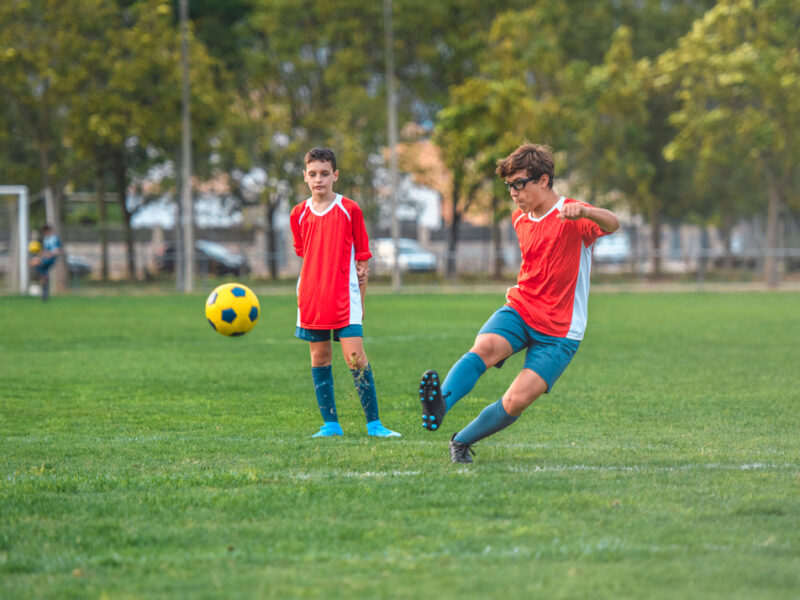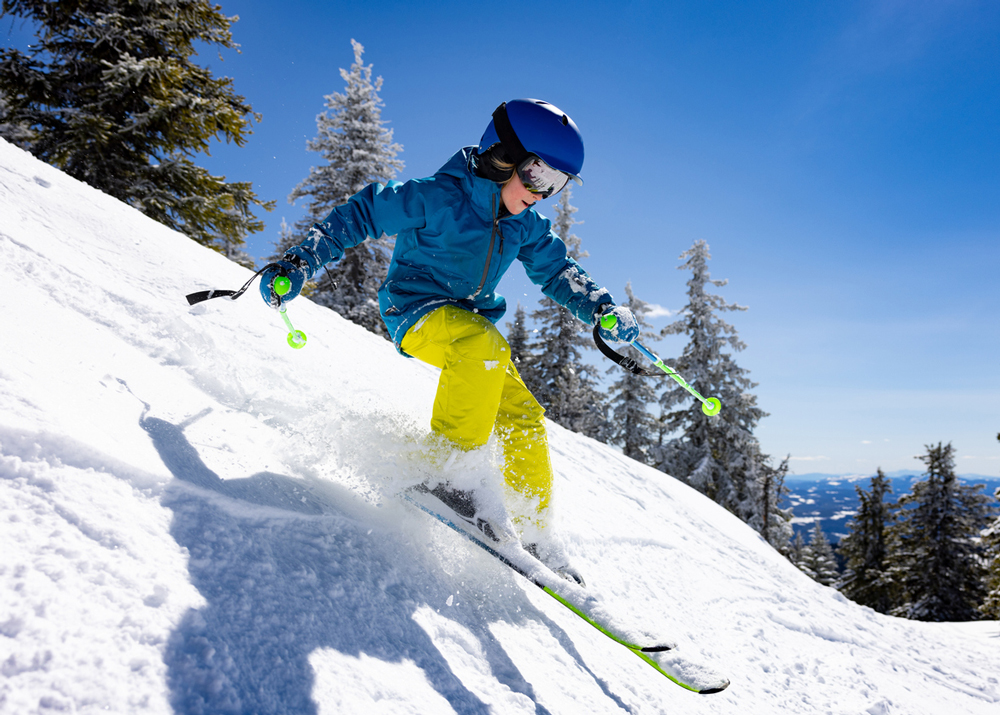Safeguard Your Vision

The Importance of Wearing Proper Eyewear for Sports and Activities
Whether you’re an amateur enthusiast or a seasoned athlete, engaging in sports and recreational activities is something everyone can enjoy. Wearing proper eyewear tailored to specific sports and activities is not just about enhancing performance; it’s also about safeguarding our eyes from potential injury and ensuring long-term visual health.
The American Academy of Ophthalmology recommends protective eyewear (safety glasses or goggles) for all sports, regardless of whether you wear glasses or contacts.
Studies show that protective eyewear does not hinder a player’s sight. Proper eyewear can aid performance because players using protective eyewear do not worry about sustaining an eye injury and can instead devote their full attention and effort to their performance.
By prioritizing eye protection and investing in quality sports eyewear, you can enjoy your favorite activities with confidence, knowing that your eyes are safeguarded against potential risks and hazards.
Enhanced Performance and Safety
The right eyewear can significantly enhance performance in sports and activities by optimizing vision clarity, depth perception, and contrast sensitivity. From polarized lenses for reducing glare during water sports to impact-resistant frames for high-intensity activities like cycling and basketball, specialized eyewear is designed to meet the unique demands of each sport. By providing clear vision and reducing distractions, proper eyewear can elevate your game and help you perform at your best while minimizing the risk of accidents and injuries.


Protection Against Injuries
Sports-related eye injuries are more common than you might think, ranging from minor irritations to serious trauma that can result in permanent vision loss. Whether it’s a stray ball on the soccer field, a collision during a game of basketball, or debris kicked up during cycling or skiing, the eyes are vulnerable to a myriad of hazards during physical activities.
According to The National Institute of Health’s National Eye Institute, a staggering 30,000 sports-related eye injuries in the United States each year require a trip to the emergency room. Almost 90 percent of eye injuries are preventable with proper eye protection.
Athletes and their families with a history of eye disorders or diseases are at a heightened risk for serious injury. Athletes whose best corrected acuity is less than 20/40 in one eye (referred to as one-eyed athletes) should always wear sports eye protectors to decrease the risk of eye damage during games and practices.
Wearing protective eyewear specifically designed for your sport can serve as a crucial line of defense, shielding your eyes from impact, UV radiation, wind, dust, and other environmental hazards. Investing in quality sports goggles, helmets with visors, or wraparound sunglasses with impact-resistant lenses can significantly reduce the risk of eye injuries and ensure peace of mind during play.
Preserving Long-Term Visual Health
Beyond immediate protection, wearing proper eyewear for sports and activities is essential for preserving long-term visual health. Repetitive exposure to UV rays without adequate protection can increase the risk of cataracts, macular degeneration, and other eye conditions. Additionally, untreated injuries or chronic eye strain from inadequate vision correction can lead to complications and vision problems down the road. By prioritizing the use of appropriate eyewear, individuals can mitigate these risks and enjoy their favorite activities with confidence, knowing that their eyes are well-protected against both immediate dangers and long-term consequences.
Choosing the Right Eyewear
Selecting the right eyewear for your chosen sport or activity involves considering factors such as fit, coverage, lens tint, and impact resistance. Consultation with an eyecare provider can help determine the most suitable eyewear options based on your specific needs and lifestyle. Additionally, many sports eyewear brands offer customizable options to ensure optimal comfort and performance. Investing in quality eyewear is an investment in your vision and overall well-being.
- All protective eyewear should meet ASTM International’s impact standards.
- Lenses should be made from polycarbonate materials. These lenses provide the highest level of protection and can withstand the impact from a ball or other projectile traveling at up to 90 miles per hour.
- Everyday fashion or corrective eyewear does not offer the same protection as protective eyewear labeled for sport use. For example, on impact, the lenses in regular eyeglasses can easily pop out and puncture or cut the eye. Similarly, a frame damaged by impact could also cause injury.
- Protective eyewear can be purchased at sporting goods stores as well as at eyecare providers’ offices.
